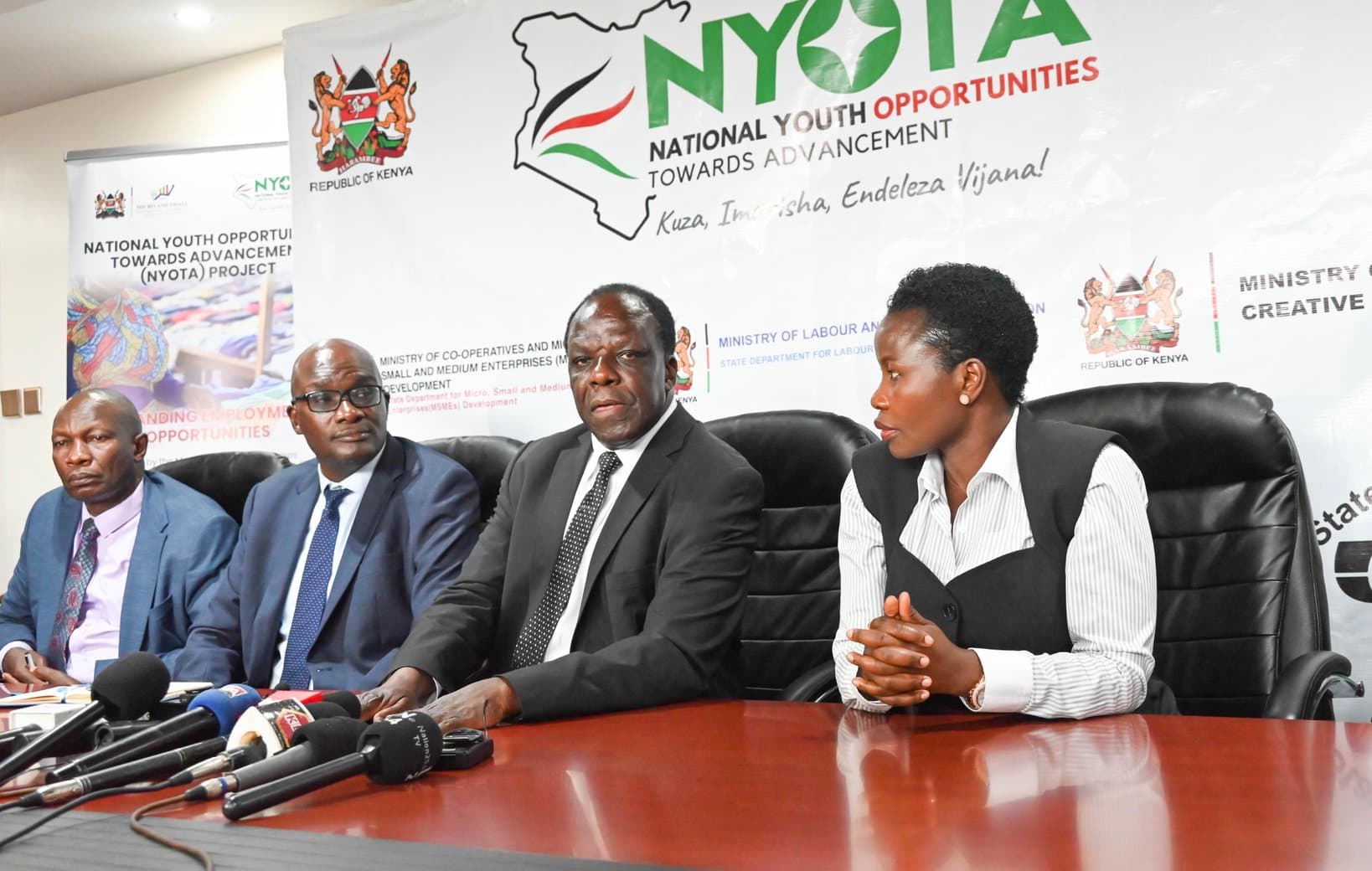Loading News Article...
We're loading the full news article for you. This includes the article content, images, author information, and related articles.
We're loading the full news article for you. This includes the article content, images, author information, and related articles.
The Kenyan government is implementing a unified strategy for the upcoming NYOTA program, aiming to streamline policy execution and public service delivery. This move comes as a Cabinet Secretary flags off relief food to drought-affected counties, highlighting immediate national priorities.

The Kenyan government has adopted a comprehensive 'whole-of-government' approach in anticipation of the rollout of the NYOTA program. This strategy aims to foster greater collaboration and coordination across various ministries, departments, and agencies to ensure efficient policy execution and service delivery. The initiative is expected to influence public debate and policy implementation significantly in the near term.
The announcement coincides with a critical period for the nation, as Cabinet Secretary Ruku recently flagged off relief food destined for drought-hit Arid and Semi-Arid Lands (ASAL) counties. This immediate response to humanitarian needs underscores the multifaceted challenges the government is currently addressing, from long-term development programs like NYOTA to urgent relief efforts.
Analysts are closely watching the developments, suggesting that the whole-of-government approach could reshape how public services are delivered. Stakeholders are urging the government to provide clear timelines, detailed cost breakdowns, and robust safeguards for the NYOTA program. These calls reflect a desire for transparency and accountability in the implementation of major national initiatives. The effectiveness of this unified approach will largely depend on clear communication and defined roles for all participating entities.
While the whole-of-government approach promises enhanced efficiency, potential risks include bureaucratic hurdles, inter-agency conflicts, and challenges in maintaining a unified vision across diverse government entities. Successful implementation will require strong leadership, clear communication channels, and effective conflict resolution mechanisms. The implications for citizens could be significant, potentially leading to more streamlined access to services and better-coordinated government responses to national issues.
Key details regarding the NYOTA program, including its specific objectives, target beneficiaries, and the full scope of its implementation, remain largely unknown. The financial implications and the exact timeline for its rollout are also yet to be publicly disclosed. Further clarity is awaited on how the 'whole-of-government' approach will be practically applied to overcome existing silos within the public sector.
Observers will be keenly watching for official government communications detailing the NYOTA program's framework, budget allocations, and implementation schedule. The effectiveness of the 'whole-of-government' approach in addressing both immediate crises, such as drought relief, and long-term development goals will be a critical indicator of its success. Further announcements from relevant ministries are expected to shed more light on these aspects.